Exploring the Different Types of Explosion-Proof Lighting
Explosion-proof lighting is essential in areas where flammable gases, vapors, or combustible dust pose a risk. These specialist lighting fixtures are meant to keep dangerous atmospheres from igniting, ensuring safety in a variety of industries like marine, oil and gas ,etc. This article explores the different types of explosion-proof lighting, highlighting their features, applications, and key factors to choose the right type, contributing to maintaining a secure work environment.
What are Different Types of Explosion-proof Lighting
1. Incandescent Explosion-Proof Lighting
Incandescent explosion-proof lights are a tried-and-true option. They work by running an electric current through a wire filament, heating it up and causing it to emit light. The enclosed construction keeps sparks and hot surfaces from igniting nearby gasses. These lights are appropriate for general illumination in hazardous areas.

2. Fluorescent Explosion-Proof Lighting
Because of their energy efficiency, fluorescent lights are a popular choice for explosion-proof applications. Fluorescent explosion-proof lights, which are housed in tough housings, use a ballast to regulate the electrical current. They are suitable for areas requiring consistent and widespread illumination, such as warehouses and manufacturing facilities.
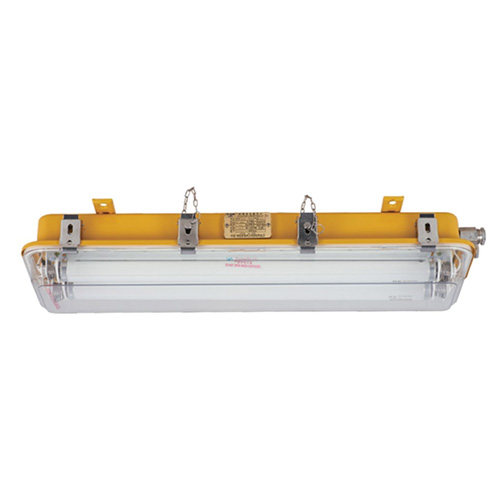
3. LED Explosion-Proof Lighting
LED explosion-proof lights are becoming more common as lighting technology advances. LED lights provide energy efficiency, long life, and rapid illumination. These fixtures are engineered to withstand impact and vibration, making them suited for use in tough industrial situations. LED lights are adaptable, providing both general illumination and concentrated task lighting.
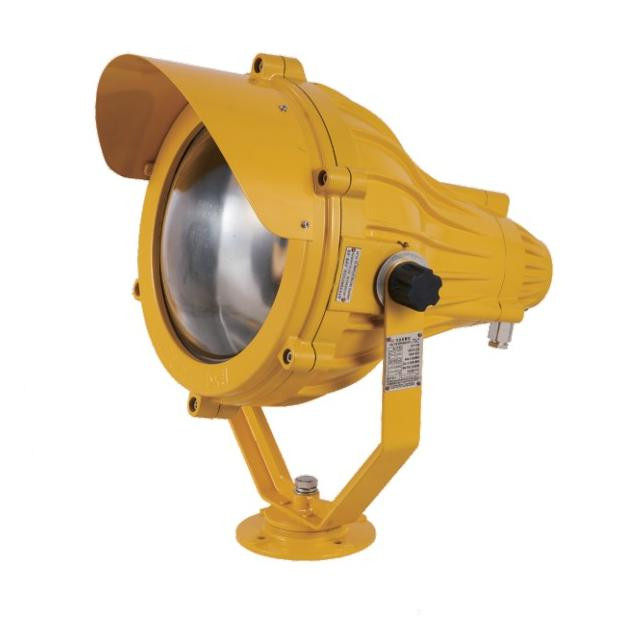
4. High-Intensity Discharge (HID) Explosion-Proof Lighting
HID lights, which include metal halide and high-pressure sodium lamps, are distinguished by their tremendous brightness. HID explosion-proof lights, which are enclosed within sturdy housings, are commonly utilized in outdoor applications such as refineries and drilling sites. They are well-known for their capacity to produce a substantial amount of light with high efficiency.
5. Emergency Exit and Egress Lighting
In the event of a power failure or emergency evacuation, specialized explosion-proof emergency exit and egress lighting systems play a crucial role. These fixtures are designed to provide clear and visible pathways for safe evacuation in hazardous environments. They often incorporate features such as battery backup to ensure continued functionality during power outages.
6. Handheld and Portable Explosion-Proof Lighting
For tasks that require mobility or inspection in confined spaces, handheld and portable explosion-proof lights are essential. These fixtures are designed to be easily carried by workers and are equipped with sturdy, protective casings. Portable lights often utilize LED technology for its efficiency and durability.
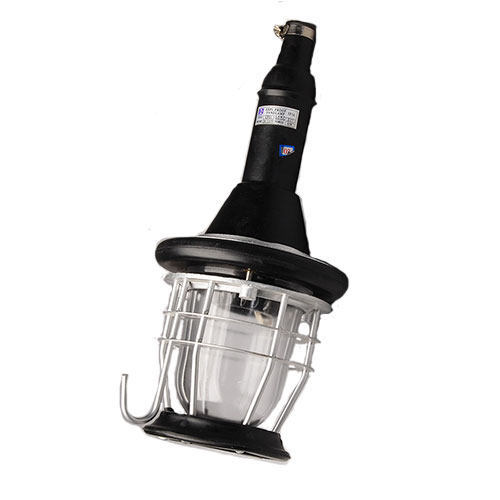
7. Tank Inspection Lights
Tank inspection lights are specifically designed for use in confined spaces and tank environments. These fixtures are built to withstand the challenges of tank inspections, providing reliable illumination in areas with limited access. Tank inspection lights are often compact and portable, facilitating ease of use in various industrial settings.
8. Corrosion-Resistant Explosion-Proof Lighting
Industries exposed to corrosive elements, such as offshore platforms or chemical processing plants, require explosion-proof lighting that can withstand harsh environments. Corrosion-resistant fixtures are constructed from materials that resist degradation, ensuring longevity and reliability in challenging conditions.
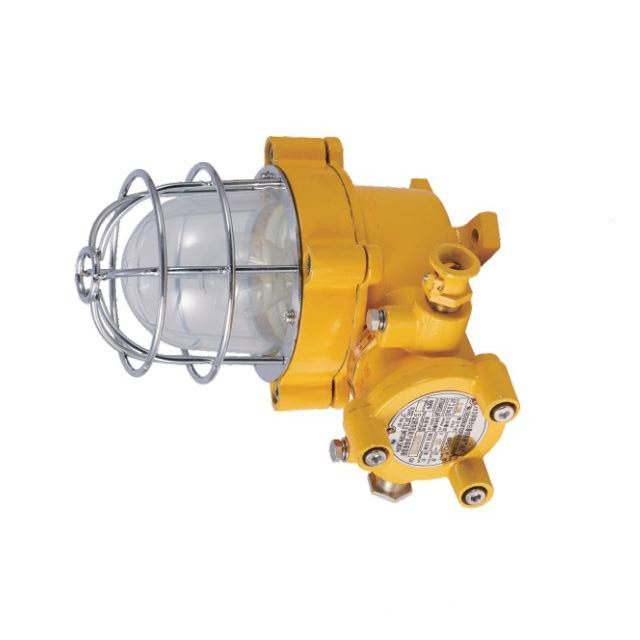
How to Choose the Right Type of Explosion-proof Lighting
Choosing the right type of explosion-proof lighting is crucial for maintaining a safe working environment in industries where flammable gases, vapors, or combustible dust pose potential hazards.
| Criteria | Explanation |
| 1. Hazardous Area Classification | Determine the hazardous area classification (e.g., Zone 1, Zone 2, Division 1, Division 2) where the lighting will be installed based on the presence of flammable gases, vapors, or combustible dusts. |
| 2. Lighting Classification | Select explosion-proof lighting fixtures that are suitable for the identified hazardous area classification and comply with relevant industry standards and regulations (e.g., ATEX, IECEx, NEC, CEC). |
| 3. Environmental Conditions | Consider environmental factors such as temperature extremes, humidity, corrosive atmospheres, and presence of water or chemicals that may affect the performance and durability of explosion-proof lighting fixtures. |
| 4. Mounting Location | Determine the mounting location for the lighting fixtures (e.g., ceiling, wall, pendant, pole) based on the specific requirements of the application and accessibility for installation and maintenance. |
| 5. Light Output and Distribution | Evaluate the required light output (lumens) and distribution pattern (e.g., wide beam, narrow beam, flood) to ensure adequate illumination levels and coverage in the hazardous area. |
| 6. Energy Efficiency | Consider energy-efficient lighting technologies (e.g., LED, induction) that minimize power consumption and operating costs while providing long-lasting performance in harsh environments. |
| 7. Maintenance Requirements | Assess the maintenance requirements of the lighting fixtures, including accessibility for lamp replacement, cleaning, and inspection, to minimize downtime and ensure continuous operation. |
| 8. Compatibility with Controls | Verify compatibility with lighting controls and automation systems (e.g., dimming, motion sensors) to optimize energy savings, enhance safety, and enable remote monitoring and control of the lighting. |
| 9. Certification and Compliance | Ensure that the selected explosion-proof lighting fixtures are certified by reputable testing organizations (e.g., UL, CSA, FM) and comply with relevant safety standards and regulations applicable to the hazardous location. |
| 10. Budget and Total Cost of Ownership (TCO) | Consider upfront costs, installation expenses, and long-term maintenance costs to determine the overall TCO and value proposition of the chosen explosion-proof lighting solution. |
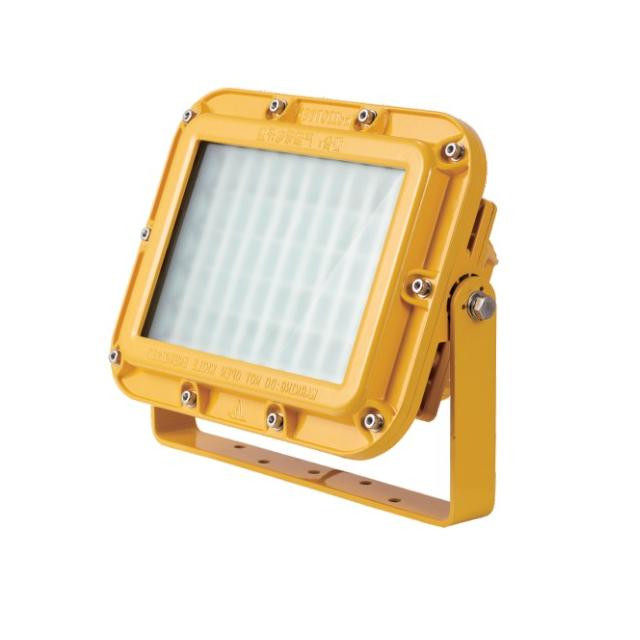
Conclusion
Choosing the right type of explosion-proof lighting is critical for ensuring safety in hazardous areas. The choice is determined by the industry’s specific requirements, the nature of the work environment, and the possible threats created by flammable compounds. From traditional incandescent options to modern LED technology, the diverse range of explosion-proof lighting solutions provides flexibility and reliability for industries where safety is paramount.


